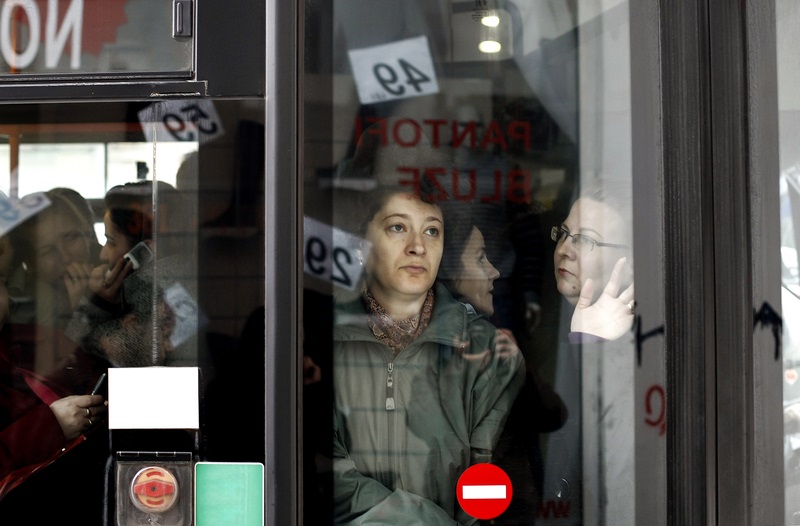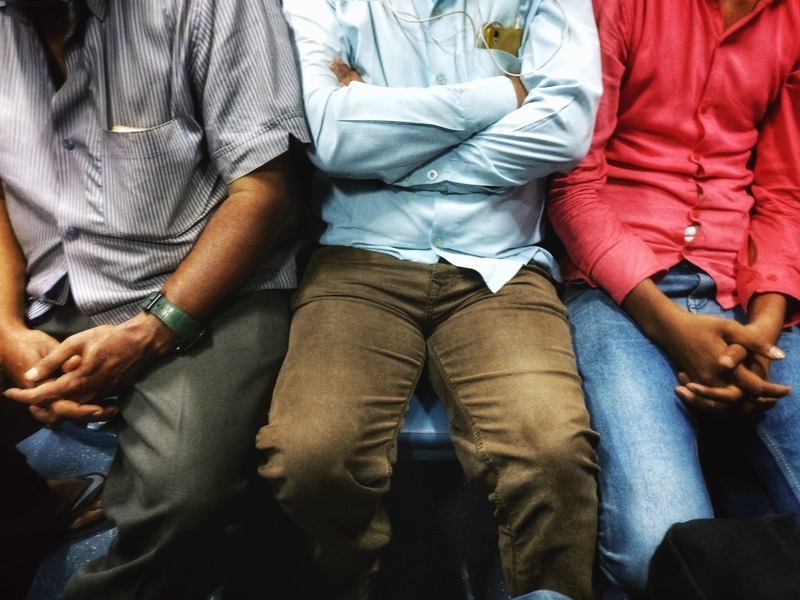
After roughly two months of modifying our travel habits, it is possible that some changes may actually last well past the time when the government lifts the social distancing mandates. In fact some of these changes may be part of our new reality.
International transit consultant Jarrett Walker, author of Human Transit, has stated that “transportation history is full of stories where something that was done temporarily turned out to be permanent, because people did not want to go back”.
Echoing these changes, National Geographic published an article discussing how coronavirus will upend mass transit - but perhaps make us healthier in the ways we use trains, buses and bike lanes in our post-pandemic future.
The article indicates that the future of transportation, including trains and buses, could be dramatically different than what we were used to prior to March 15, 2020. Examples of possible coming changes to mass transit:
- Riders pay their fare without touching anything.
- Seats may be spaced further apart on divider-filled vehicles.
- Drivers sit in ventilated compartments, isolated from passengers.
- Packed trains, planes and buses will not happen in most/many situations.
Obviously, there is no way to predict the future – the virus is proof of this – but as a result of the steep decline in riders, it is quite likely that there will be some transit agencies that will end up going bankrupt: just too few riders to support the system.

However, strategic investment, creative thinking and - obviously - new technologies could eventually make people feel safe enough to ride again.
The pandemic is forcing all of us – perhaps even providing an opportunity - to reshape transit systems, which can help ward off disease and even some chronic illnesses.
According to Yingling Fan, a University of Minnesota professor in regional planning and policy, “there is certainly a lot of challenge, but also there is a lot of opportunity”.
Urban debate
As a transportation planning professional myself, the primary challenge is going to be finding money in the midst of an economic decline in order to create a new transit system that can be trusted by the riders.
Case in point: during the 2008-2009 flu season, researchers in the UK found that those who rode buses or trams were nearly six times as likely as non-riders to seek healthcare for an acute respiratory illness.
There is an argument going on amongst urbanists that there is the potential for urban density to disappear. While some cities want to eliminate single family zoning, others want to move out of the city to avoid compact living quarters that has caused enormous issues for places like New York City during this pandemic.
Urbanists believe that preserving both public transit and encouraging active transportation is important for keeping air pollution down, which has health implications all by itself. We have seen examples the world over where air pollution has dissipated to a certain degree during the shutdown.
The Covid-conscious commute may even begin before you leave your home. Fan indicates that in some cities in China, such as Shenzhen and Guangzhou, pre-booking a seat is already common on city buses and trains.
Pre-paying of your fare online or by your smartphone could reduce the number of people who need to ‘touch’ a grimy kiosk.
Home working
Will cities use existing automatic vehicle location and passenger flow monitors to quickly reroute buses when demand changes?

Automated passenger counters and weight sensors that are currently in use in Australia, the UK, and elsewhere, can provide information about train car capacity through smartphones or display screens at stations so that riders can spread out by picking the least crowded car. Will there be enough money to use this type of technology in a widespread manner in the US?
Last year, Google started using crowdsourcing and traffic information in more than 200 cities worldwide to give users a heads-up about the number of passengers in buses and trains. Integrated with smartphone apps, this information could reduce congestion by allowing passengers to avoid crowded platforms and vehicles.
For some, the future of commuting might be no commute at all. About 50% of adults with jobs in the US are currently working from home during the pandemic, according to a report published by the Brookings Institution in April. That happens to be more than double the percentage who telecommuted just two years ago.
Close to 20% of chief financial officers surveyed by Brookings said that they plan to permanently retain remote work for at least 20% of their workers. Half that number of workers would have a dramatic, positive impact on peak hour commuting traffic. It would also reduce the number of users of public transportation.
The Traffic Group conducted traffic studies in the Baltimore metropolitan area before the shutdown and during the shutdown. The results are dramatic – but, in many instances, surprisingly less than anticipated. We will again conduct studies after the entire shutdown is lifted in Maryland.
Contact tracing
What’s the solution going forward? In South Korea, contract tracing has been successful because their laws allow the government to track an infected person’s credit card history and cellphone location data.
While officials are pushing contract tracing and Apple and Google are both developing software for contact tracing, unfortunately, it does not appear that the general public in the US is ready for any strict contract tracing measures.
There is no doubt we are entering an incredibly challenging time for transit and transportation. Buckle up: safe transportation needs to occur, and US ingenuity will find a way for that to happen.
ABOUT THE AUTHOR
Wes Guckert is president & CEO of The Traffic Group











